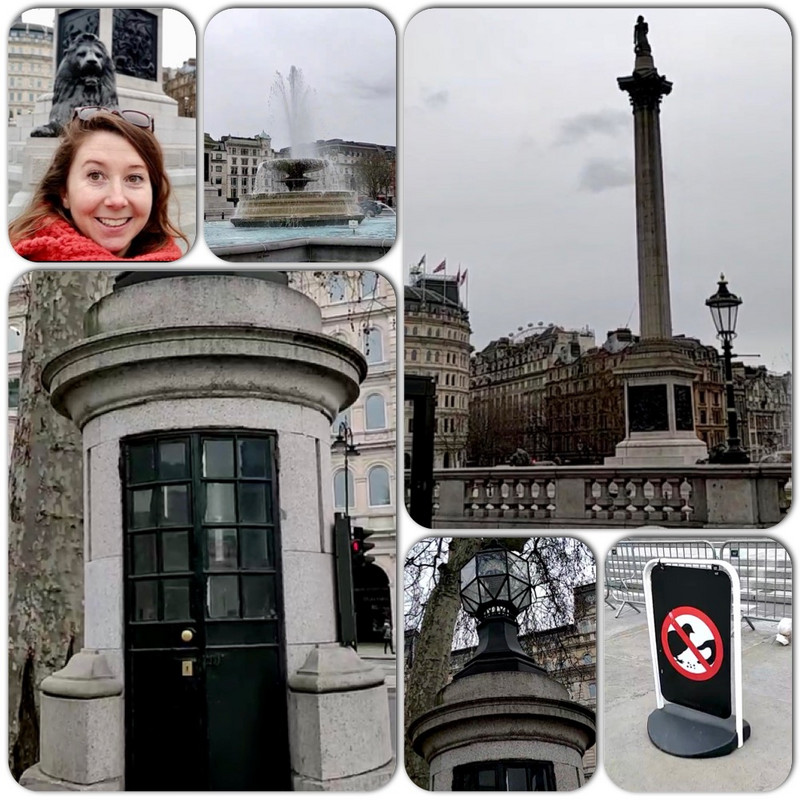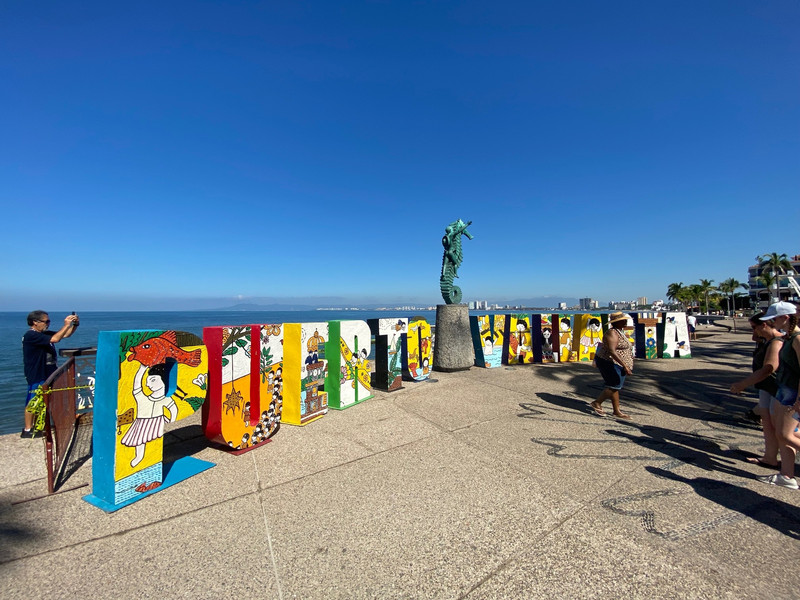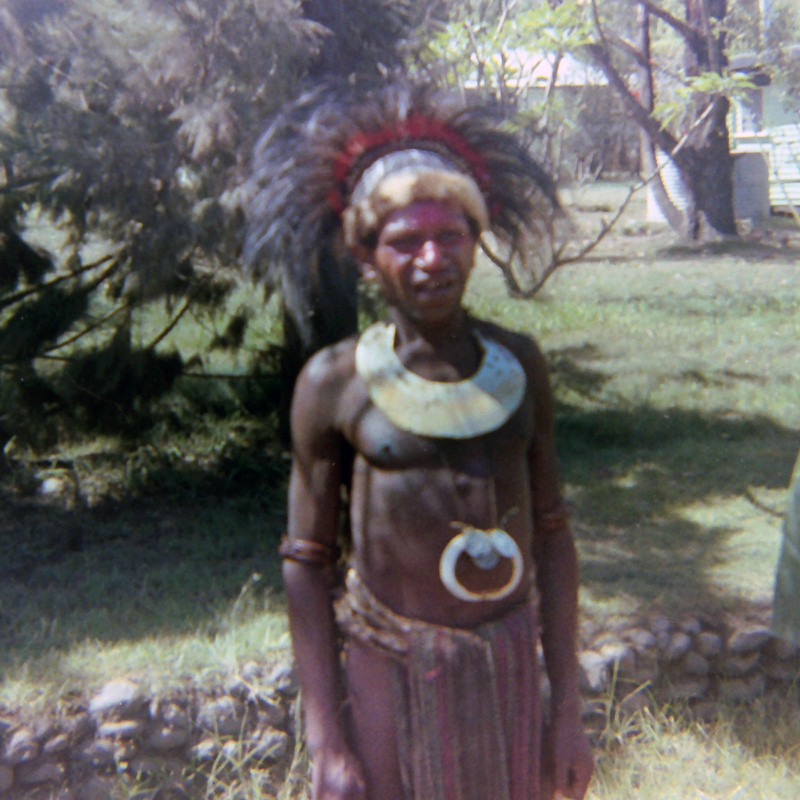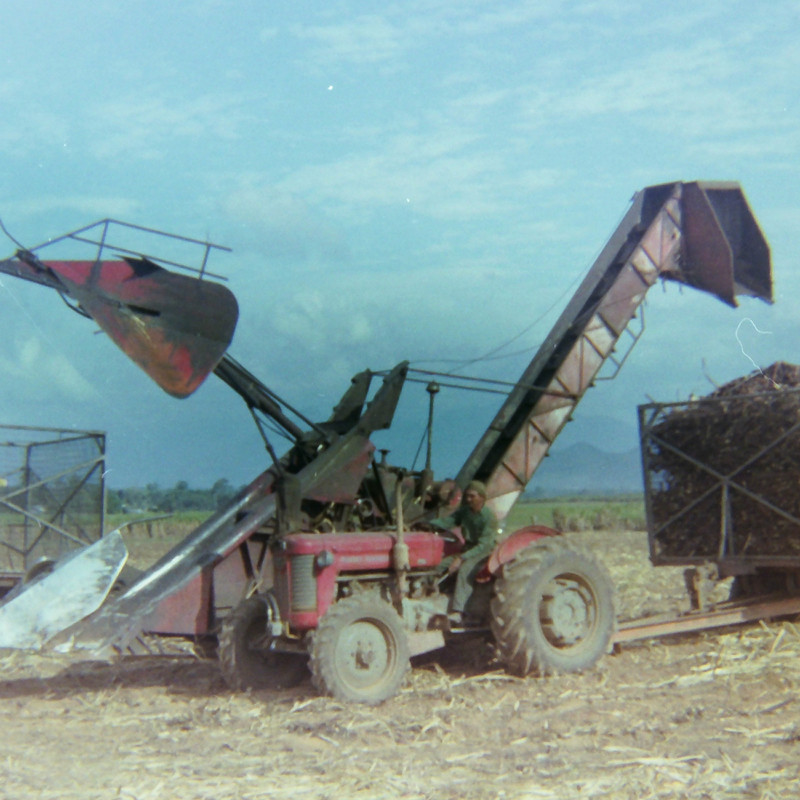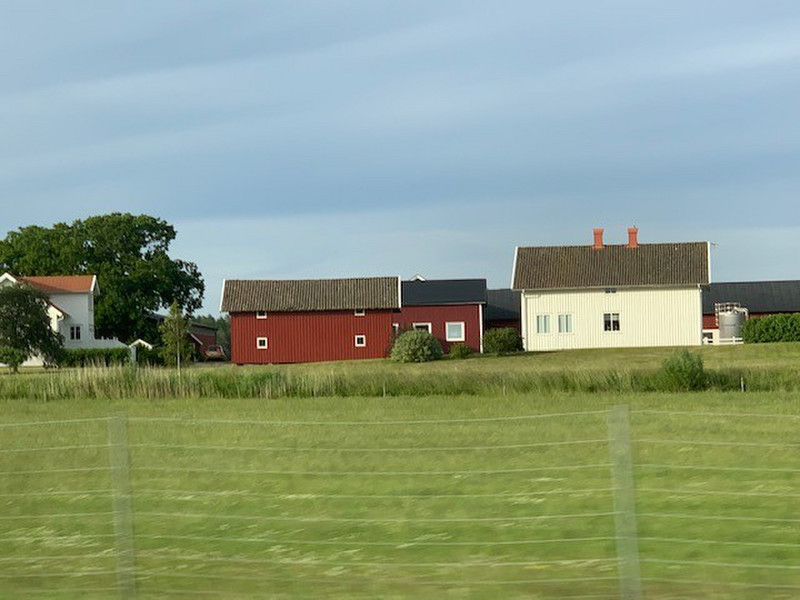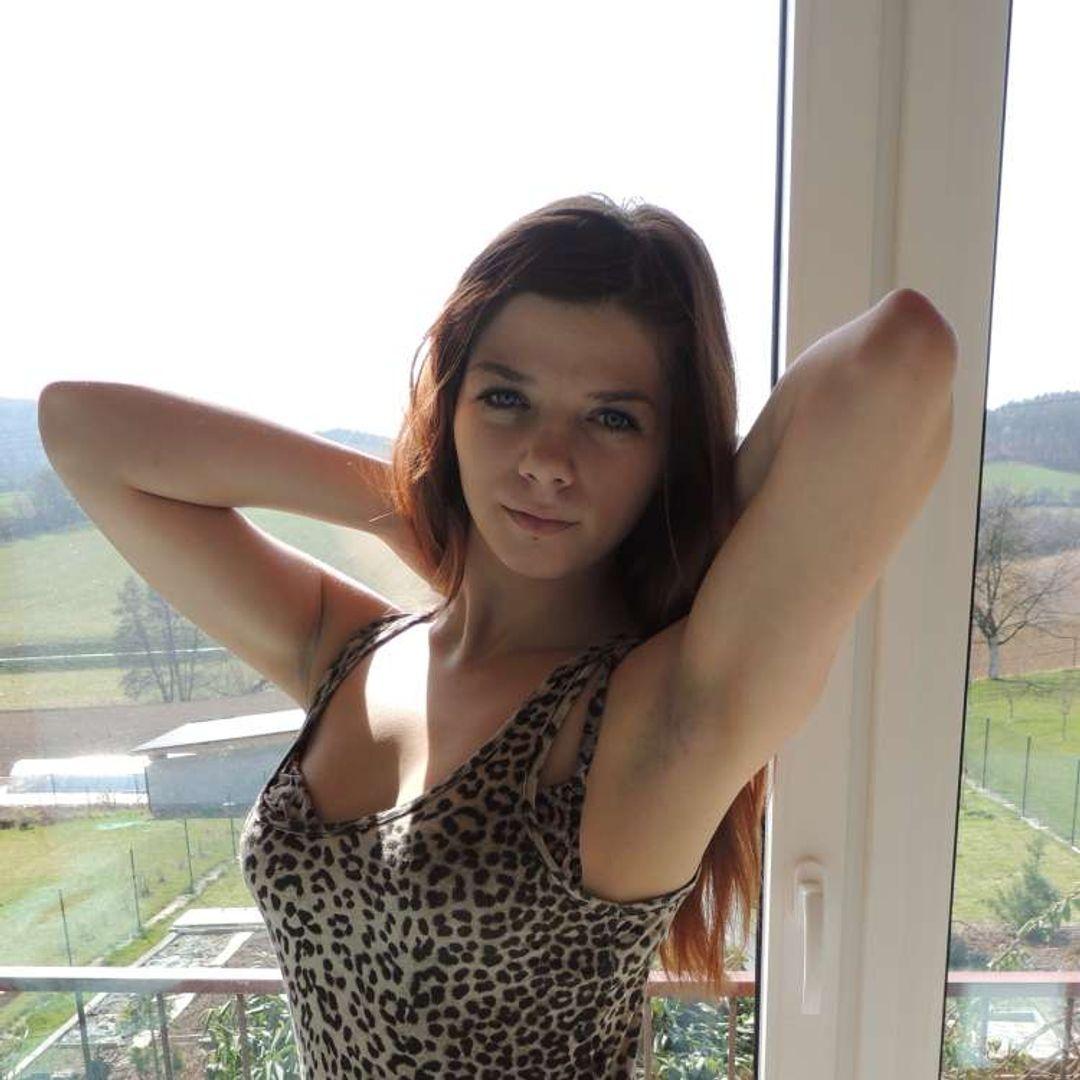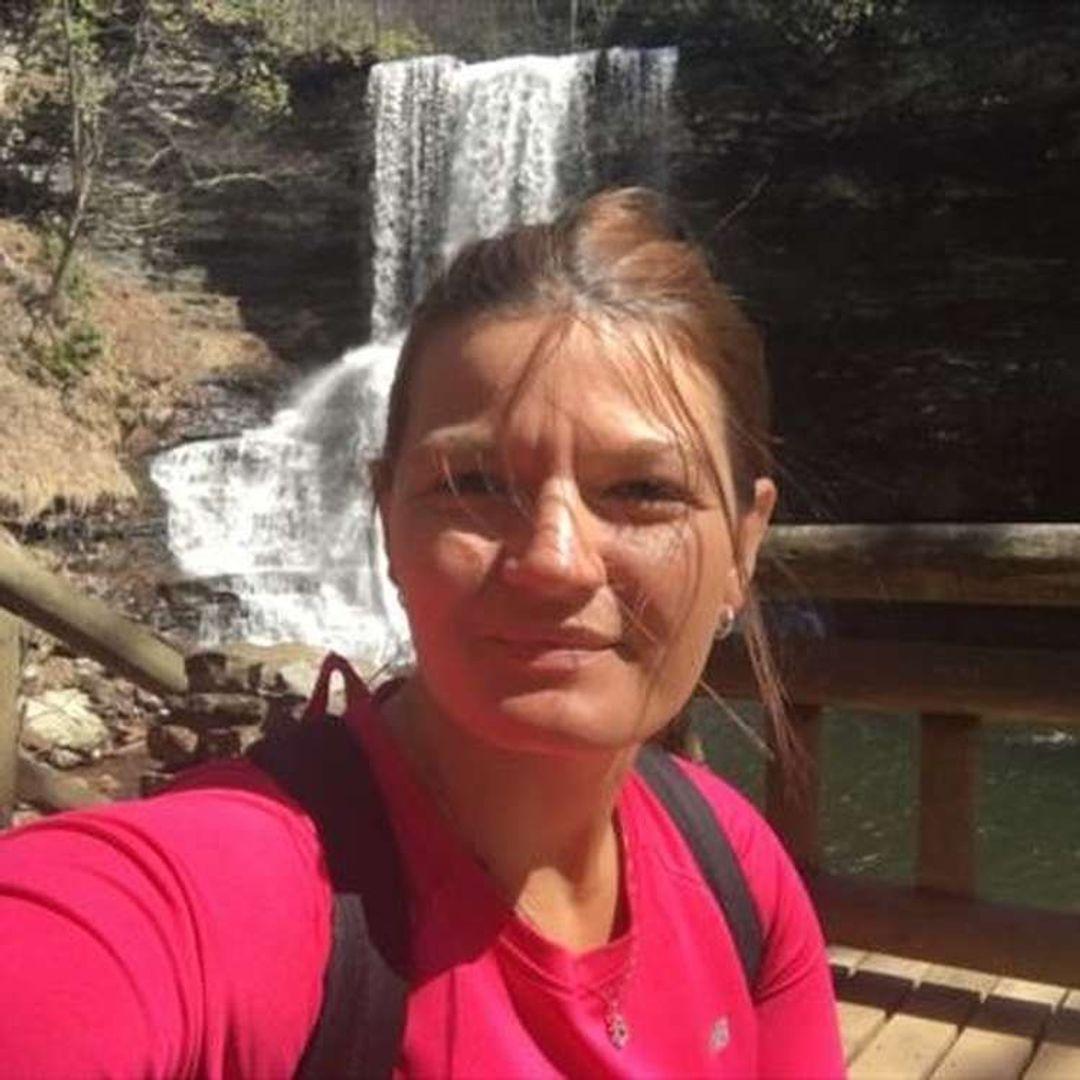The site around Trafalgar Square had been a significant landmark since the 1200s. For centuries, distances measured from Charing Cross have served as location markers.
Nelsons Column is flanked by fountains designed by Sir Edwin Lutyens between 1937 and 1939 and guarded by four monumental bronze lions sculpted by Sir Edwin Landseer.
The empty plinth in the corner of the square, the Fourth Plinth, was initiated by the Royal Society of Arts in 1988.
The current with a cherry, a drone and a fly - The End by British artist Heather Phillipson, will stay in place until spring 2022.
will are able to use their mobile phones to live stream what the drone can see. Our guide Charley asked if anyone could check this out whilst we were there.
In 2001, the sale of bird seed in the square was stopped and other measures were introduced to discourage the pigeons including the use of harrier
Outside the National Gallery is the strangest statue in Trafalgar Square, Its not bizarre because of its design but instead for whom the statue honors.
Its a statue of George Washington, one time a citizen of Great Britain but why does the Statue in London not stand or touch British Soil because legend has it that George Washington once swore he would never set foot on British soil ever again, the erectors of the Trafalgar Square statue laid it on a foundation of Virginia soil to ensure that Washington did not tell a lie.
At the corner of Trafalgar Square is a rather peculiar world record holder; Britains Smallest Police Station. Apparently this tiny box can up to two prisoners at a time, although its main purpose was to hold a single police officer.
Built in 1926 so that the Metropolitan Police could keep an eye on the more troublesome demonstrators.
As we turned to enter Horseguards parade we passed The National Police about 4000 police officers killed in the course of their duties in the United Kingdom. It was designed by Lord Foster and unveiled in 2005.
With current lockdown restrictions it was quite eerie that Horseguards parade was empty, but good to see that people were adhering to the guidance.
The clock in the main archway had an interesting story; it has two faces, one facing Whitehall and the other, Horse Guards Parade. A dark stain above the Roman number two on the clock face is supposed to mark the time of the execution of King Charles 1 in 1649, which took place in the roadway outside Horse Guards.
Walking through the arch, passed the stables we arrived in Whitehall to see the two Horseguards on patrol. The two policemen were close by and it was great that they interacted with our group, giving everyone a wave.
